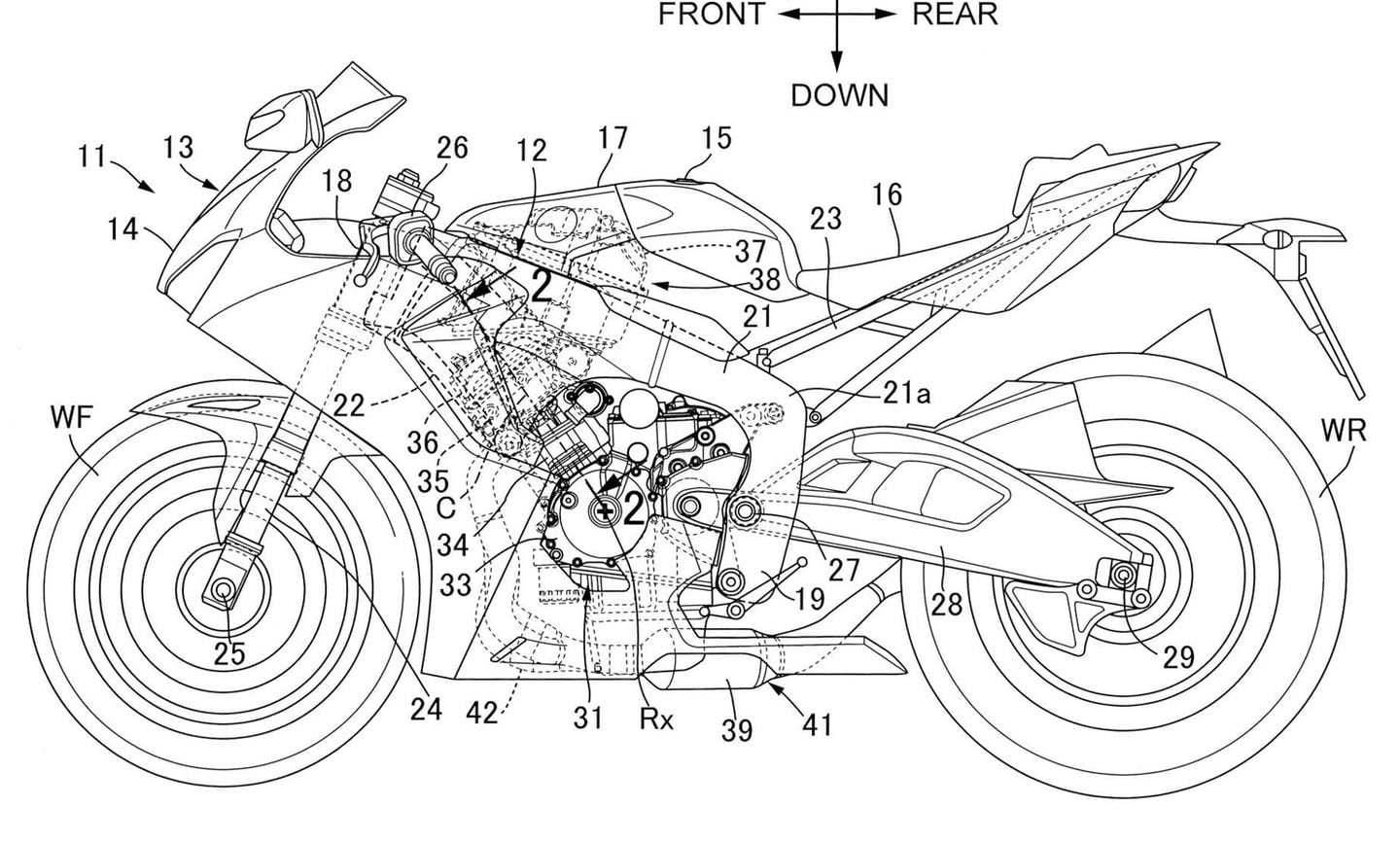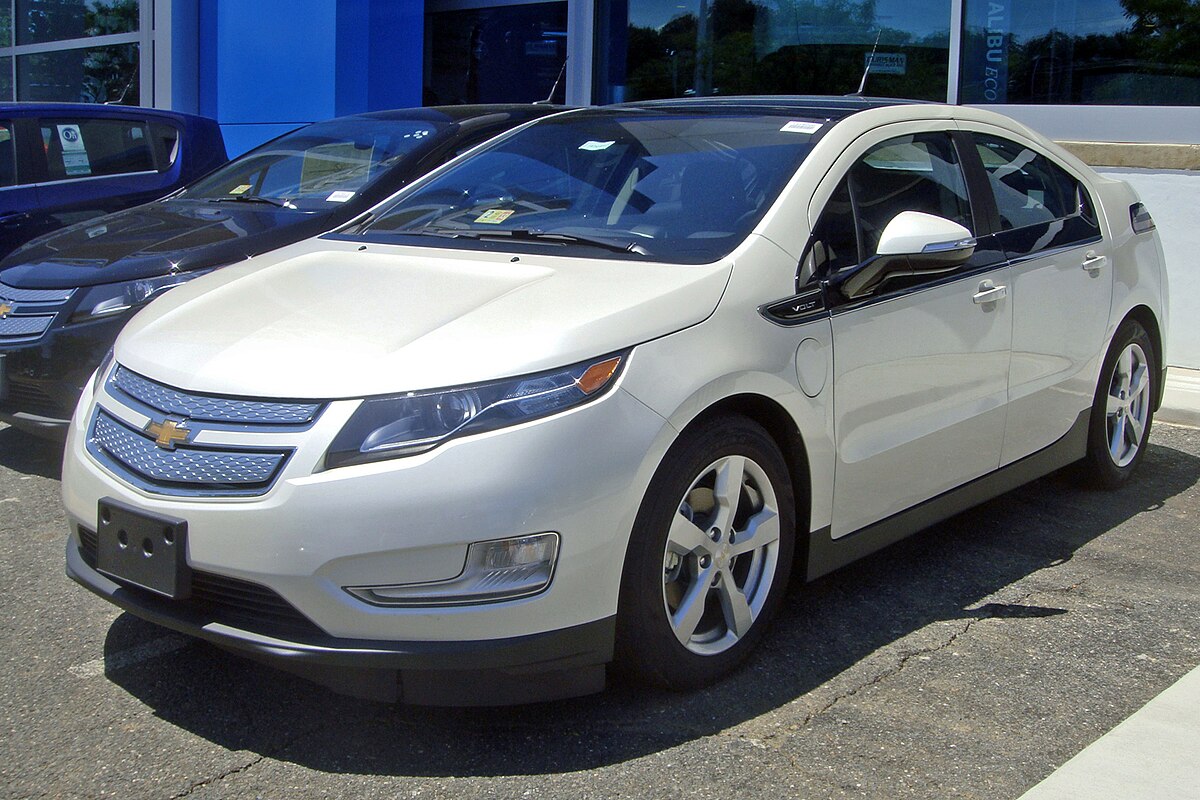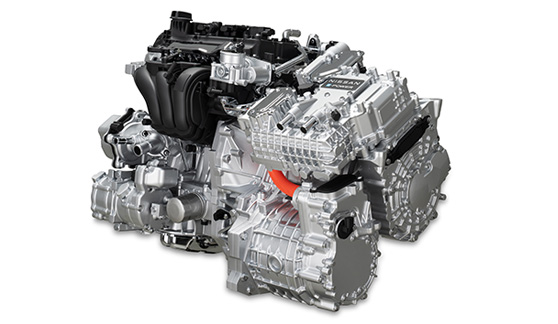Interesting technology. As an aside,
Toyota’s Chief Says Electric Vehicles Are Overhyped
TOKYO—
Toyota TM -0.56% Motor Corp.’s leader criticized what he described as excessive hype over electric vehicles, saying advocates failed to consider the carbon emitted by generating electricity and the costs of an EV transition.
Toyota President Akio Toyoda said Japan would run out of electricity in the summer if all cars were running on electric power. The infrastructure needed to support a fleet consisting entirely of EVs would cost Japan between ¥14 trillion and ¥37 trillion, the equivalent of $135 billion to $358 billion, he said.
“When politicians are out there saying, ‘Let’s get rid of all cars using gasoline,’ do they understand this?” Mr. Toyoda said Thursday at a year-end news conference in his capacity as chairman of the Japan Automobile Manufacturers Association.
He said if Japan is too hasty in banning gasoline-powered cars, “the current business model of the car industry is going to collapse,” causing the loss of millions of jobs.
Advocates of EVs say they can be charged at night when electricity demand is low and, over time, can grow in tandem with other green technologies such as solar power.
Local news reports in early December said the Japanese government was about to announce a ban on the sale of new gasoline-powered cars starting in 2035, while it would still allow hybrid gas-electric cars. Such a ban would
follow the state of California and countries such as the U.K.
But no announcement has come amid industry resistance. Officials at the Ministry of Economy, Trade and Industry said they haven’t made a decision on the future of gasoline cars.
EV maker
Tesla Inc. passed Toyota this year as the
world’s most valuable auto maker by market capitalization.
In a country such as Japan that gets most of its electricity from burning coal and natural gas, EVs don’t help the environment, Mr. Toyoda said. “The more EVs we build, the worse carbon dioxide gets,” he said.
He said he feared government regulations would make cars a “flower on a high summit”—out of reach for the average person.
With models like the Prius, Toyota is a leader in hybrid cars, which combine a gasoline engine with an electric motor and can be refueled at traditional gas stations. It doesn’t sell pure battery EVs for the mass market in the U.S. or Japan, although it does have a model that runs on a hydrogen-powered fuel cell.


 www.cycleworld.com
www.cycleworld.com




